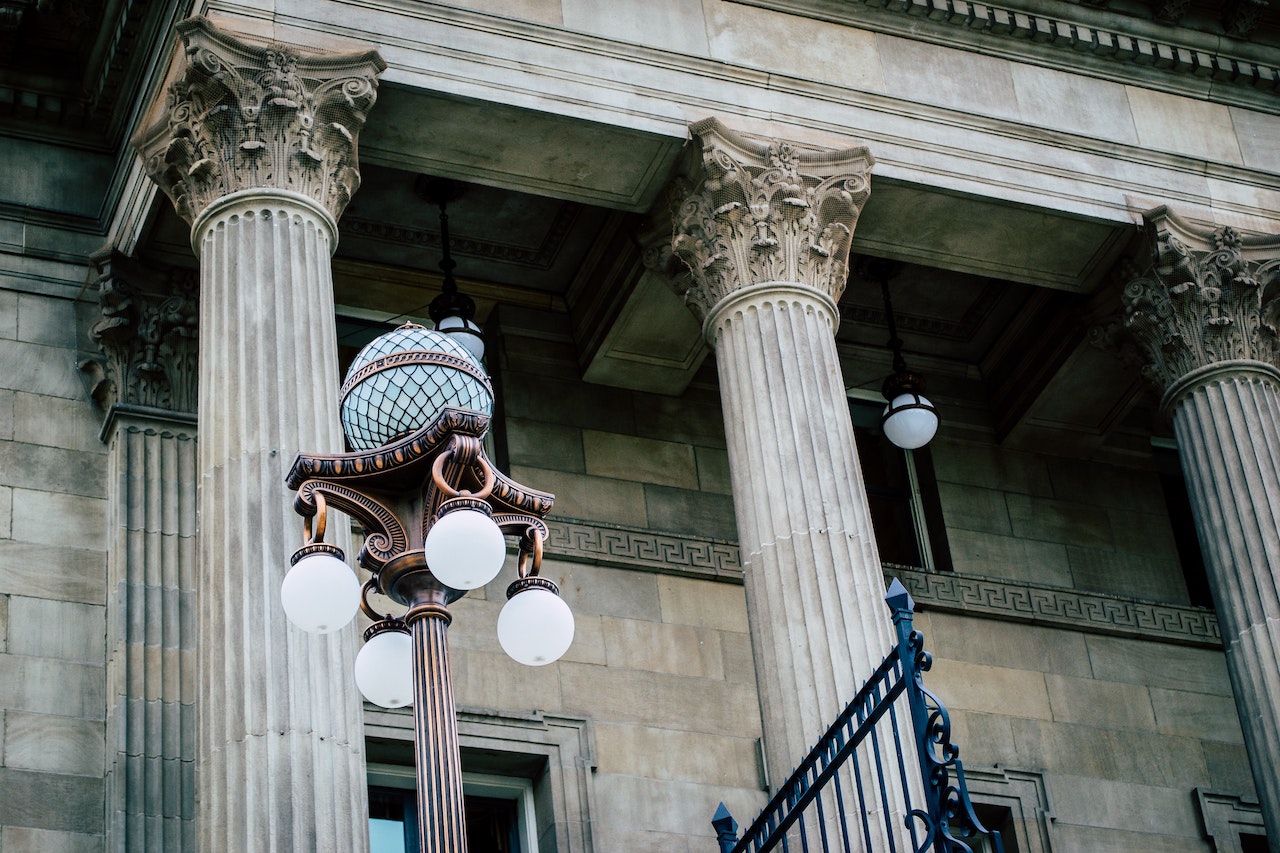On March 31, 2018, the United States District Court for the District of Columbia ruled on cross-motions for summary judgment in the PACER class action litigation that the federal judiciary improperly spent $198 million in fees collected through the courts’ public records platform.
In National Veterans Legal Services v. United States of America, three nonprofits filed a class action in 2016 against the United States alleging that thousands of PACER users were overcharged in accessing court documents and that the class is entitled to a refund under the Little Tucker Act. The named plaintiffs, National Veterans Legal Services Program, the National Consumer Law Center and Alliance for Justice, asserted that the E-Commerce Act of 2002 prohibits federal courts from charging PACER users more than is necessary to recoup the total marginal cost of operating the website. The government countered by arguing that the statute should be broadly interpreted to allow the Judicial Conference to spend user fees on any purpose related to the dissemination of information through electronic means. Thus, expenditures to improve court’s audio-visual systems and the electronic juror management system would be permitted under the Act.
U.S. District Judge Ellen Segal Huvelle rejected both parties’ analysis of the statue. Instead, Judge Huvelle found that the Act’s legislative history demonstrated Congress’ intent for the courts to expand its capability to provide access to court information, including docket information and court filings. The use of PACER fees to offset the cost of the Case Management/Electronic Case Files (CM/ECF) system clearly fell within the scope of permissible expenditures under the Act. Judge Huvelle rejected contentions that $185 million in courthouse improvements were the types of projects Congress authorized when it passed the Act in 2002. Judge Huvelle further reasoned that the government’s reliance on the post-enactment legislative history of unrelated appropriations bills was of little value when analyzing the statute at issue and failed to justify the challenged expenditures. Given that there was a dispute of fact regarding the government’s misappropriation of the remaining funds, the court denied the parties cross-motions for summary judgment.
The important take away from this ruling is that litigants should be weary of overstating their case when interpreting the meaning of a statute in order to claim the maximum amount of statutory damages. This is especially true when litigating in the District of Columbia. Legislative history can be a very useful and persuasive tool, but context matters and statements from a single congressman or even a single committee cannot necessarily be used to establish Congress’ opinion on an issue. Trial and appellate courts in the District routinely hear cases challenging the permissible bounds of government action. Judges in this jurisdiction may be willing, as in this case, to entirely discard litigants’ statutory analysis and embark on a path of their own when a party pushes their argument one step too far.

